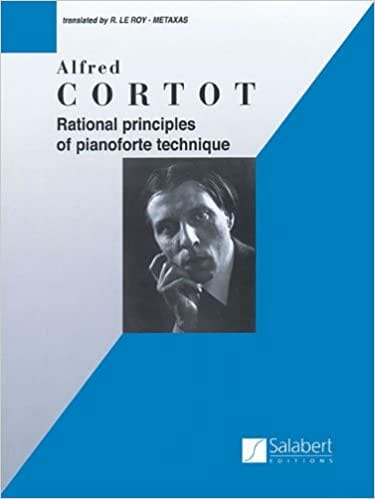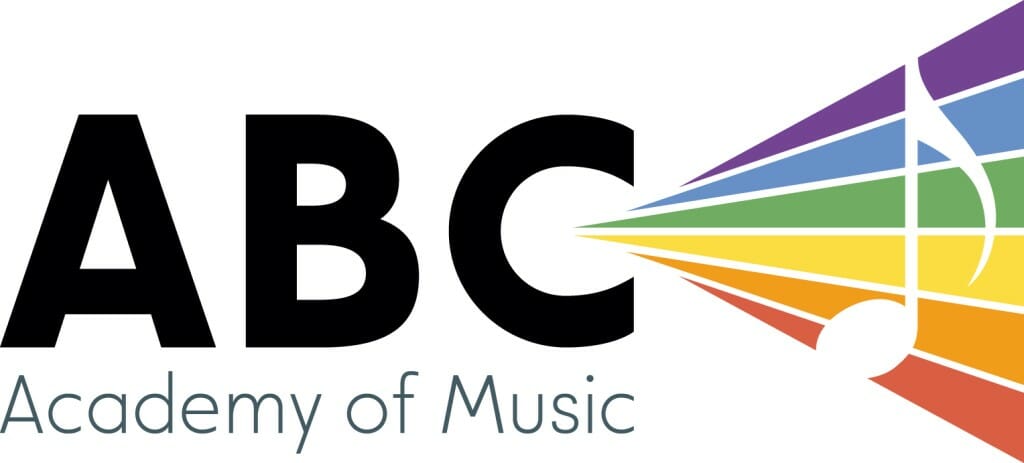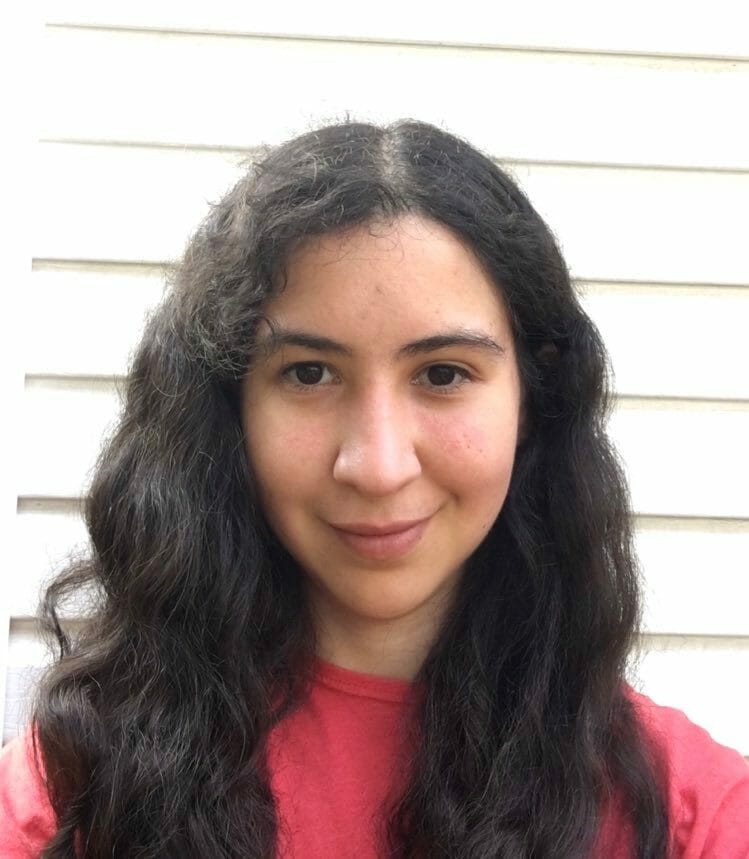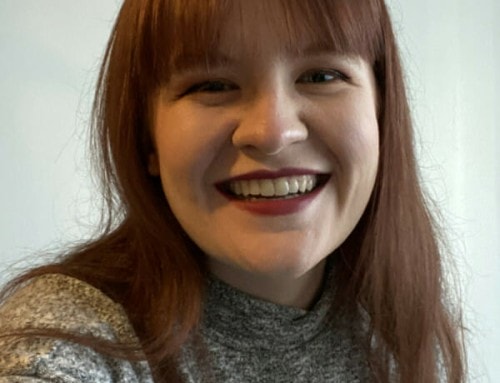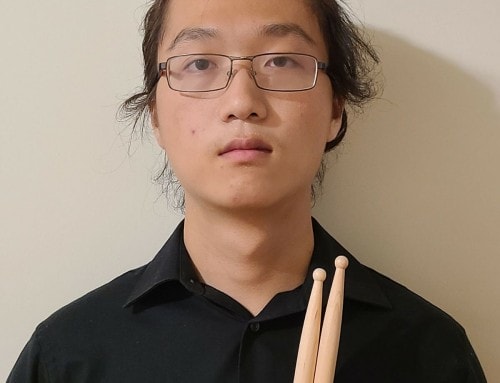M.Mus (York U) in-progress
B.Mus (Pontifical Catholic University of Chile)
B.Arts (Pontifical Catholic University of Chile)
Colomba is a Chilean Canadian pianist and musicologist. Born and raised in Chile, she has been a piano and music theory teacher for over six years. She is currently studying an M.A. in Music at York University with the York Graduate Scholarship.
Colomba completed her Bachelor of Music as well as her Bachelor of Arts (Major in History) at the Pontifical Catholic University of Chile. During her time there, she served as Teaching Assistant in Harmony, Analysis and Music Theory courses. She also had worked as private Piano Teacher from 2016 and at Schlotfeld’s Online Music Academy throughout the pandemic.
As a pianist, Colomba served in 2019 as keyboardist in the 2022 Pulsar Award Winner (Best Jazz & Fusion Album) “Ensamble Escondido”. She also has experience as a pianist for private events and weddings. Colomba seeks to encourage her students to discover their own music tastes and creativity by balancing traditional skills and innovative methods.
Get to know Colomba…Beyond the Bio!
Hobbies: Piano, music research on Classical and Latin American Popular Music, History, Drawing.
Music influences: Music from the Romantic and Impressionist era; Chopin, Satie and Debussy in particular. Popular Music genres such as Classical and Progressive rock. Folk-rooted Latin American genres (Peruvian Landó, Bossa-Nova, Cuban Son).
Favourite food: Any dessert will do the trick. I also like Italian food, Arepas, Asian food. I’m not a picky eater so I enjoy almost any food.
Least favourite food: Beet salad. It doesn’t have too much flavor.
Favorite music: Anything that has an interesting rhythm and melody. My favorite genres are Jazz, Rock, and Latin American Folk Music. Regarding Classical Music, I’ve always been a fan of the Romantic Era.
Favourite song: I like too many songs to choose just one! Negra Presuntuosa- Susana Baca
Time – Pink Floyd
Favourite movie: No Country for Old Men.
Favourite movie music: Pirates of the Caribbean, The Incredibles.
Favourite musical theatre/opera: Carmen – Georges Bizet.
Best quote from your teacher: “a hard-working student in the long term will surpass a prodigy”.
Favourite quote: “Fools who don’t respect history are doomed to repeat it.” “Traveller, the road is only your footprint, and no more; traveller, there’s no road, the road is your travelling.”
Favourite book: One Hundred Years of Solitude – Gabriel García Márquez.
Best thing about teaching at ABC: Helping people to develop a love for music.
Latest Homework from Colomba
Is Colomba Your Teacher?
Sign up now to get your weekly assignments delivered, and never lose your homework sheet again!
January 10th
Francisco:
The Entertainer: Study the bit seen in class with separate hands until you have it memorized, and then with both hands.
Maria Ines:
Fur Elise: Practice the whole piece at a moderate tempo. the idea is that you must be able to be comfortable playing the left hand at all times. Try not to rush the e-d# motif before the left hand enters. Keep the same tempo before and after that happens.
In the Stars: Practice the verse of the song. If you have doubts with the rhythm, listen to the song.
Search for piano music without lyrics that you like.
Noreet:
Piano Adventures p. 46 “Play the Ball”. Make sure you start with the right position, as indicated by the book. Left hand only has two notes: C and B.
January 18th
Gerardo:
Snowflake Rag: Practice from beginning to end at a slow tempo. For the last bars -the Coda- remember to count so you can get to the chromatic octaves in the right beat (just after the 1 and before the 2). Take part of your practice time to practice the B section (the one with the pedal).
Eliam:
Study “Ode to Joy”, Piano Adventures p. 30. Make sure that both of his hands start between C and G, and that each finger is over one single note.
Caedan:
Read Piano Adventures p. 18. The idea here is that he should be able to identify the treble C and E in the staff. Also, he can reinforce the triple meter.
As an exercise, I asked him to see if he could figure some of the notes of the next part of “Underground Theme” by himself.
Zoe:
Sonatina, 2nd movement: Practice from beginning to end at a moderately slow tempo. Take 10 or fiteen minutes of your practice time to practice in loop mm. 14-18, and mm. 23 to the end.
The 1: Play the song in the background and try to break the pattern of the chords. You can add notes in the bass line, arpeggios, or rhythms. The only thing that you have to make sure is that the second chord of each line falls in the up beat (keep the structure 1-2-and-3-4).
Preferred Books for Colomba’s Students
Click to buy them here, and they’ll come right to your house! What could be easier?
Belting - A

Written for ages 5 and 6, My First Piano Adventure captures the child’s playful spirit. Fun-filled songs, rhythm games and technique activities develop beginning keyboard skills.
John Thompson's Modern Course for the Piano
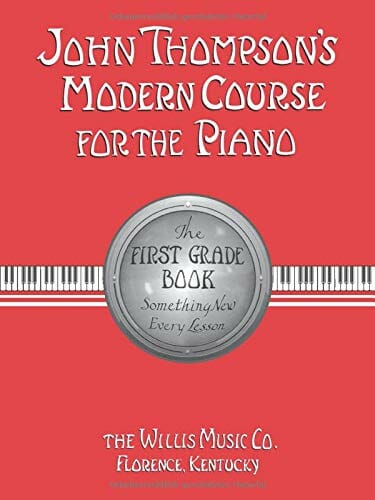
Time-tested bestseller around the world! The legendary Modern Course series provides a clear and complete foundation in the study of the piano that enables the student to think and feel musically. It’s known as the method for quick, dedicated learners. It’s also well-regarded as a self-teaching method for the mature player. The First Grade may be preceded by Teaching Little Fingers to Play and/or Teaching Little Fingers to Play More .
Mikrokosmos
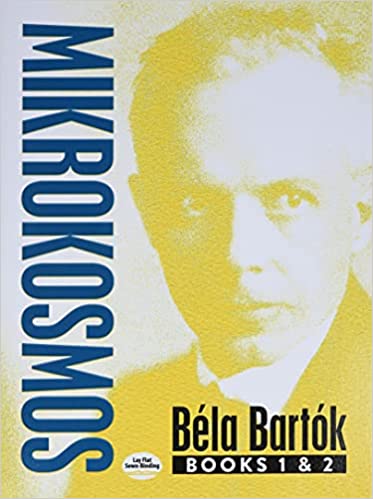
Béla Bartók wrote the first four volumes of the Mikrokosmos as a series of beginning piano exercises for his son Péter. The great Hungarian composer’s complete six-volume collection represents one of the most comprehensive anthologies of contemporary technique ever assembled. This edition, consisting of the first two volumes, presents more than 100 pieces of study material suitable for first- and second-year students.
Rational Principles of Pianoforte Technique
